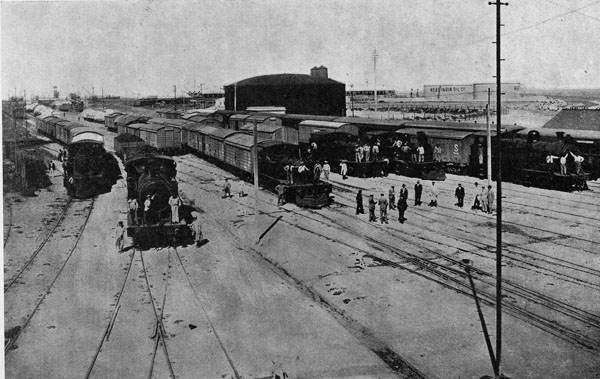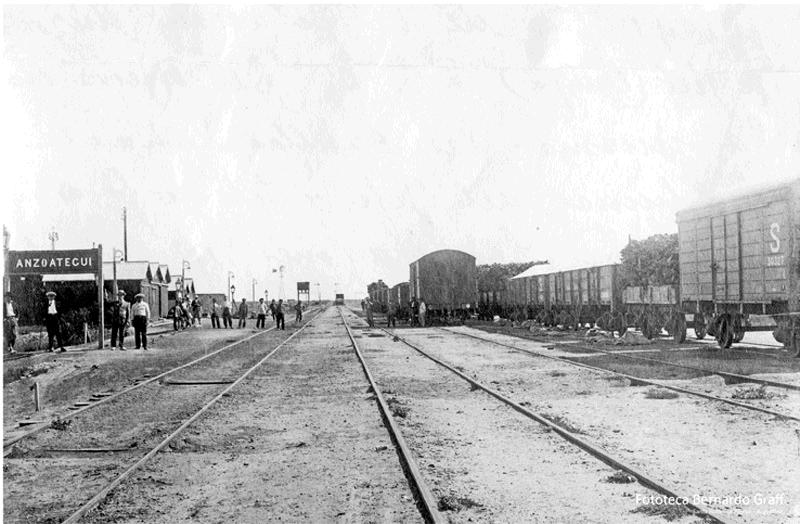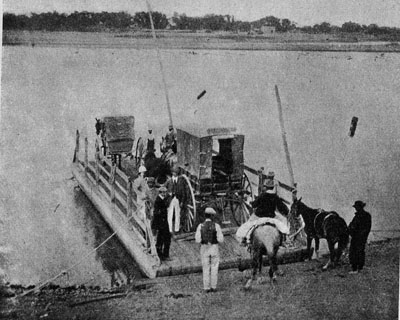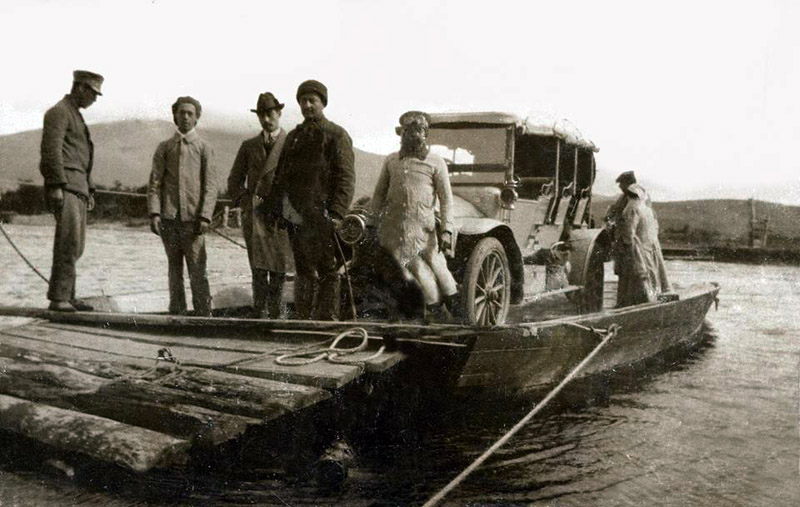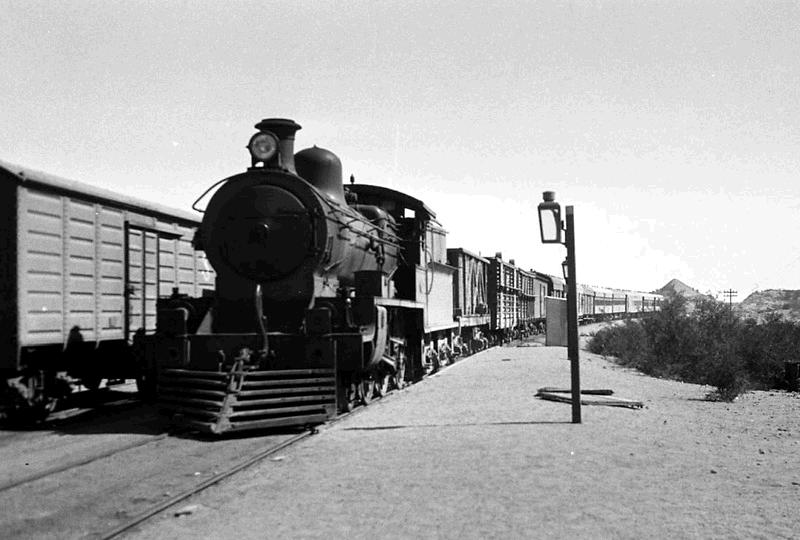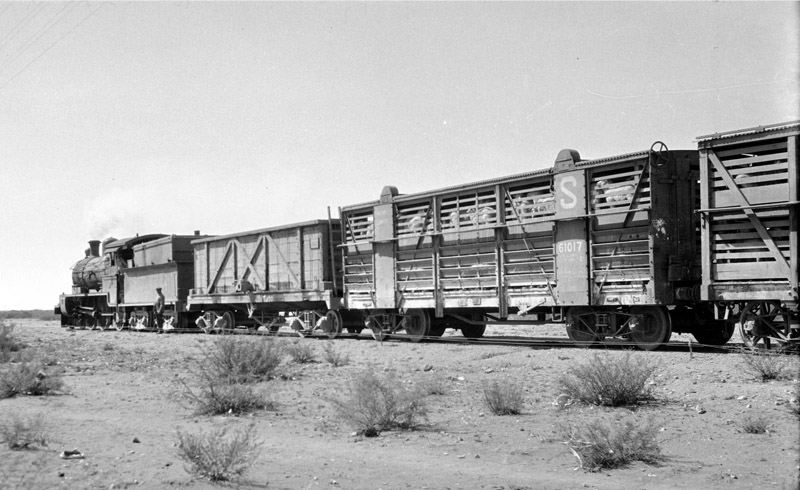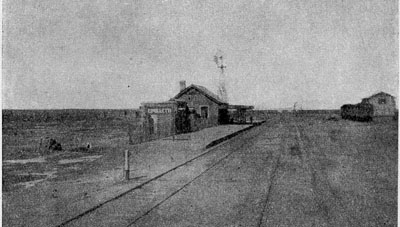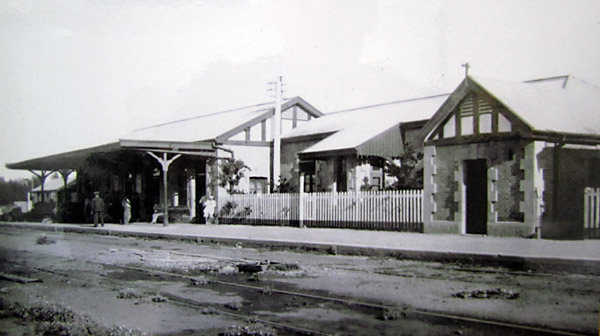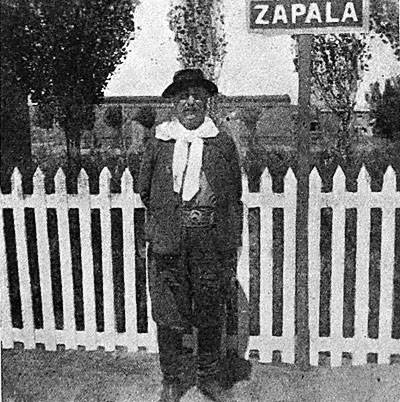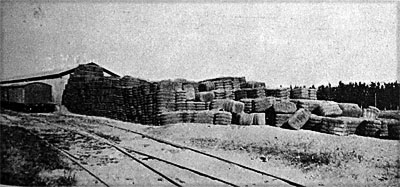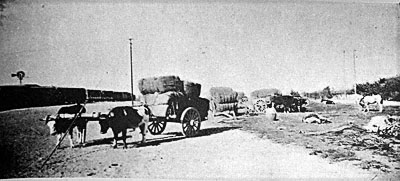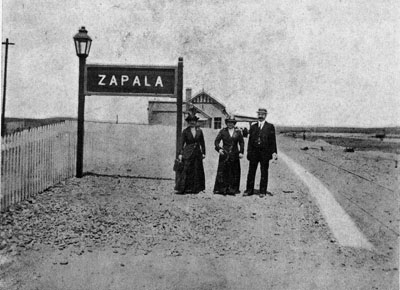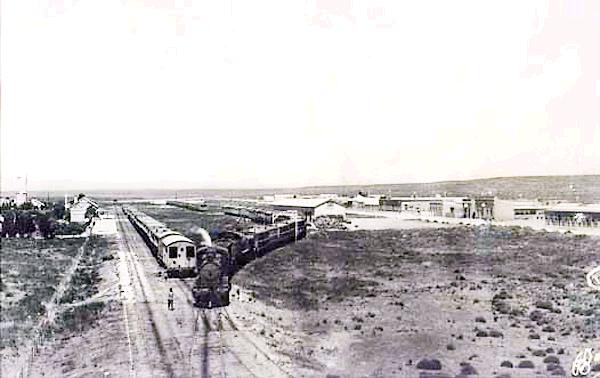 |
||||||||||||||||
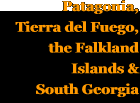 |
||||||||||||||||
 |
||||||||||||||||
 |
||||||||||||||||
The route in detail
The FC Sud line to Neuquén starts theoretically at the city of Bahia Blanca, but in operating terms the route begins at Puerto Ingeniero White, the FCS port south of the city. Here is a panoramic view of Pto. Ing. White, with six locos lined up for the camera. Most of them are the 2-6-2Ts which would have been used in the port for shunting.
Anzoategui station. Many more views of railways in La Pampa province can be found at the website from which this came: the Fototeca Bernardo Graff which seems to be offline as at mid-2015, but which we will link to as soon as it reappears.
One of the small ferries that were used to cross the Rio Negro or to give access to islands such as that at Choele-Choel.
In 1910, the rafts were still operating but the road vehicle had changed. Note the chauffeur with his peaked cap, goggles and leather leggings. (0A)
A sheep train halts at Choel-Choel in this view from the American Geographical Society archive at: http://collections.lib.uwm.edu/cdm/search/collection/ags_south/order/title/ad/asc This has a wonderful collection of old South American images which are well worth browsing through. The crew of this 1930 mixed train will not have appreciated the need to stop here; Choel-Choel was on the long eastbound climb out of the Río Negro valley, and through goods trains rarely stopped there to avoid the difficult restart. The station was usally served by a shuttle service from Darwin at the foot of the bank.
The same train is seen a little further west, this time at Benjamin Zorilla. The loco seems to be a Class 12A 4-6-0, followed immediately by an auxiliary water tender and then by double-deck hacienda wagons carrying sheep.
Cipolletti station. This was the original Confluencia station, for Neuquen, on the east side of the big bridge. On the completion of the bridge it was closed but was reopened by request and renamed Cipolletti after the engineer who had... This was the junction for the brach to Cinco Saltos and the barrage.
This is the platform façade of Neuquén station. (1)
The following five photos were taken by Arthur Coleman in the course of his railway work. (2) This is a coming together of two culture, the Argentine and the British. Señor Félix San Martín, clearly an Argentine country gentleman, stands in front of a wooden palisade fence of a type that can be found even today in many British stations and beside a name plate on a pole supporting a lamp in typically British style.
The goods yard at Zapala. It´s full of bales of wool belonging to Estancia Gente Grande. These are stacked in the open air as the good shed is already full up.
This is how the bales got to Zapala station.
Senillosa station on 2nd January 1914. The station appears to be in the middle of the desert without another building im site. Note how the earth ballast covers the sleepers.
Zapala station on the opening day. Whilst there have been many proposals for the line to continue westward and over the Chilean border, any aspiring passenger would still be waiting at Zapala!
A view of Zapala in 1915, probably from the top of a signal post, shows how small the town was at that stage - barely more than a single street bordering the railway land around the station.
Rumbo al Sud, a virtual magazine, run by Marcelo Arcas, which deals with the history of railways to the south of Buenos Aires, has an interesting multi-part article on the architecture of the railway stations of the FCS. Pictures of many of the stations along this line may be found in it. The site is located at <http://tandil.iespana.es/tandil/01015a.htm> Lines not constructed Resources 27-1-18 |
||||||||||||||||
Main pages
Appendices
Chapter 3
The BAGSR's route to Neuquén


